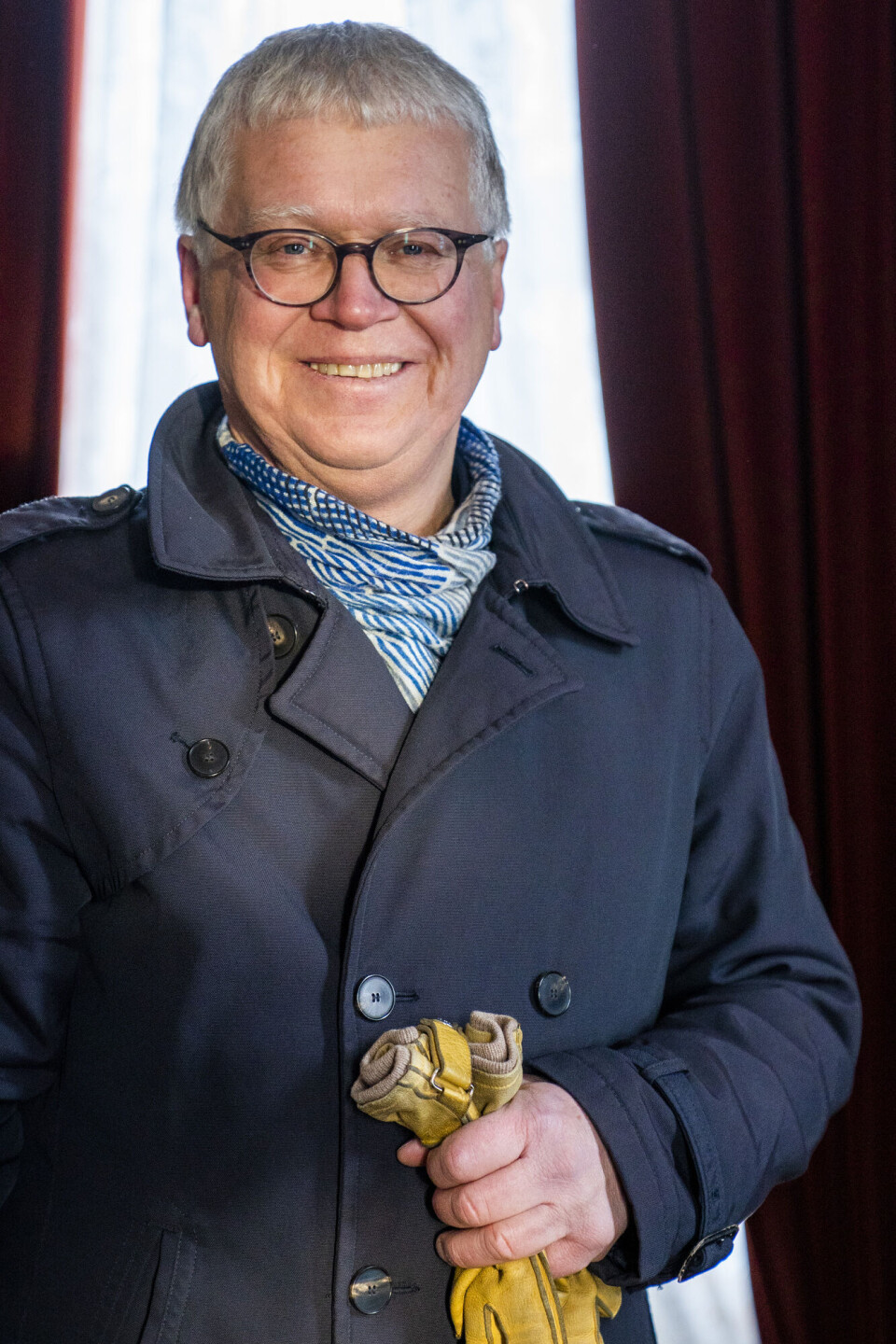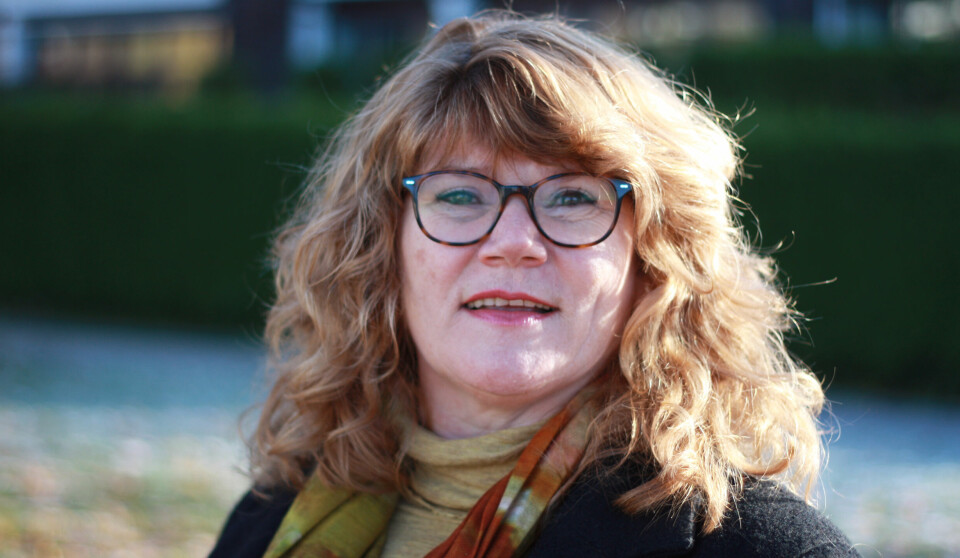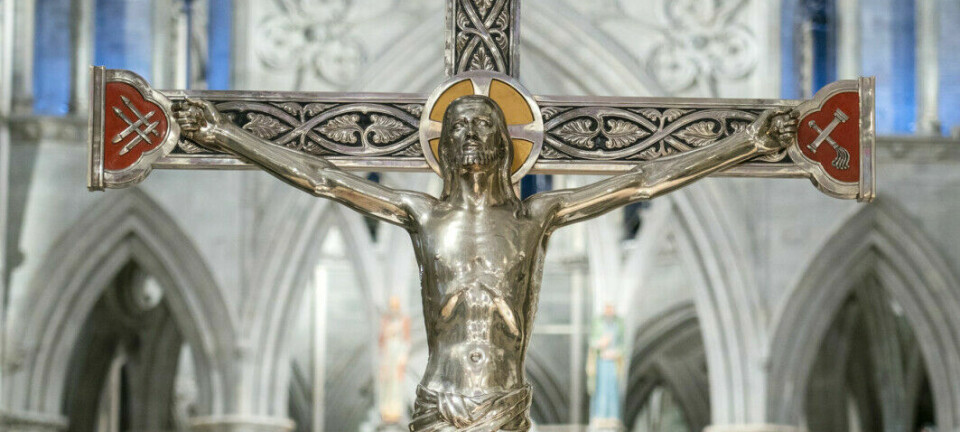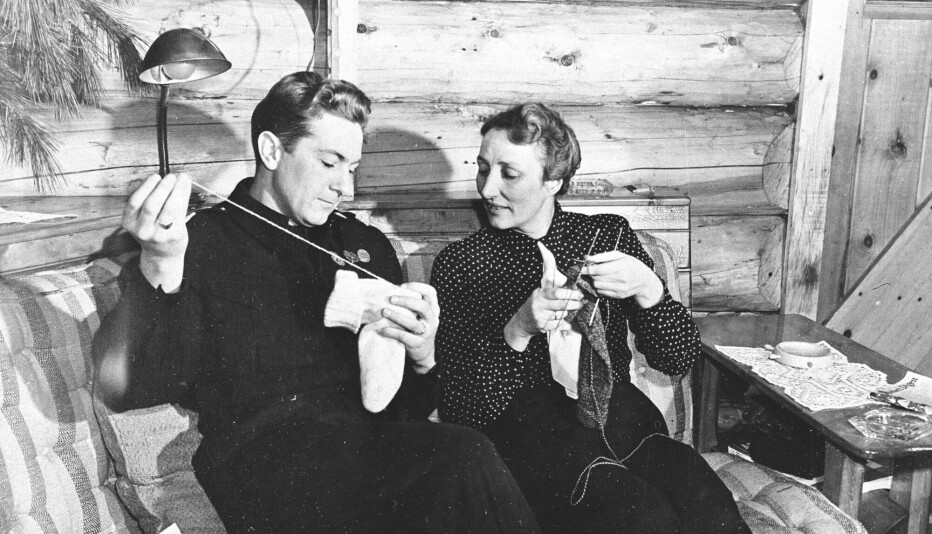
How did crime fiction become a Norwegian Easter tradition?
Norwegian Easter blends cheerful traditions with chilling crime stories.
Oranges, sun, Kvikk Lunsj, and sparkling ski slopes.
As well as blood, dismembered bodies, and sinister murderers.

The contrasts of a Norwegian Easter are great. Why has Easter become a holiday for crime?
"It's a well-established fact that the Easter crime genre is a phenomenon unique to Norway," says conservator Geir Thomas Risåsen at Norsk Folkemuseum (the Norwegian Folk Museum), who is responsible for holiday traditions, including Christmas and Easter.
To understand why, we need to go back to the 1920s.
A shocking morning coffee
Risåsen and his colleagues pinpoint the crime novel Bergenstoget plundret inat! (The Bergen Train Plundered Last Night!) as the inception of the Easter crime tradition. First published in 1923, this year marks the 101st Easter with Easter crime.
The crime novel was written by the authors Nordahl Grieg and Nils Lie – under the joint pseudonym Jonatan Jerv.
Its launch was rather shocking. An advertisement proclaiming, ‘Bergenstoget plyndret inat!’ (The Bergen Train Plundered Last Night!) dominated the front page of the Norwegian newspaper Aftenposten on March 24, 1923, resembling more a headline news story than a mere advertisement.
Attempted to establish an Easter crime tradition in Sweden
“Many choked on their coffee that day,” says Risåsen.

However, the advertisement in Aftenposten was not enough to establish a lasting Easter crime tradition on its own. We can look to the Swedes for comparison. They have tried to adopt the Norwegian tradition. In 2003, Piratförlaget tried to establish Easter crime, ‘påskdeckare’, as a concept.
“The attempt fizzled out, failing to ignite a movement similar to Norway’s,” he says.
Despite the fact that Sweden has no shortage of crime authors. So, what makes Norwegians particularly drawn to crime fiction during Easter?
A popular genre
Risåsen mentions that part of the appeal of Easter is that it is a holiday period for most people. He also points out that the myth of everyone going to their mountain cabins during Easter is somewhat exaggerated, noting that many Norwegians do not go to cabins but stay home instead.
“It’s the time when you can relax with a book and read,” he says.
Sweden enjoys its holiday too, but in Norway, a wide range of actors have really embraced and expanded the concept. What initially started as a single novel has now spread across various mediums, including television, newspapers, and even the packaging of milk cartons.
It was in 1976 that the Norwegian Broadcasting Corporation NRK aired its first Easter crime drama throughout the Easter season, starring the character Lord Peter Wimsey.
Finally, time to read
You might wonder if the grim nature of Easter crime novels is somehow rooted in Jesus’ suffering and death.
“I've never encountered a direct link to Jesus' suffering. The theme is more aligned with betrayal rather than what we typically associate with crime,” Risåsen explains.
He believes instead that the appeal of crime fiction lies in its popularity as entertainment among Norwegians.
“Easter affords us the leisure to actually sit down with a book and enjoy it to the fullest. A compelling crime novel is engaging entertainment and hard to put down until you've made it through,” he says.
“Does the Easter conservator indulge crime novels during Easter?”
“I tend to be quite busy with other activities during Easter, but settling into a comfortable chair with a drink and delving into a crime novel would certainly be beneficial,” he admits.
Themes suited for Easter
At the University of Oslo’s Faculty of Theology, they delve deeply into the true essence of Easter.
Are the researchers here annoyed by people delighting in murder during the most important Christian holiday?
“I think Easter crime is absolutely brilliant! It serves as an excellent form of relaxation,” Merete Thomassen says.
She is an associate professor of liturgy. Thomassen does not believe it's a coincidence that crime fiction has become the Easter genre.
“The elements of murder, unfair trials, corruption, and betrayal: these themes from the quintessential crime drama resonate well with Easter,” she believes.
Became a new tradition
Around the time Bergenstoget plyndret inat! was released, the traditional sobriety and fasting leading up to Easter night started to fade away.
There was room for new traditions. The evolution of Easter over the years is discussed in this 2021 article.
“Easter crime fit in as a tradition. Instead of attending church services throughout Easter, many now tune into Easter crime stories on NRK. Preferably in real-time,” says Thomassen.

Easter crime becomes a ritual
Moreover, crime fiction became more practical than church services as more and more Norwegians headed for the mountains, she points out. You can read more about this development in this article from 2023.
Thomassen comments on the ritualistic nature of gathering daily to watch Easter crime dramas at a set time:
“It bears a resemblance to the liturgical cycle observed throughout the church year,” she says.
Easter in the liturgy is also marked by stark contrasts.
Celebrations until sunrise
“There’s a profound tension between darkness and light. Good Friday is extremely dramatic and marked in a dramatic way,” says Thomassen.
In the church, there are black colours, no lit candles, and an absence of organ music.
“That day is enveloped in an existential darkness that we must endure. Then, Easter night brings an explosion of joy,” she says.
At the service on Easter Sunday, there is light and joy, the organist returns, and the choir sings.
“Catholics often have a huge celebration that night, celebrating with food and drinks until early morning,” she says.
Thomassen wishes more people could experience the atmosphere in the church on Good Friday and the stark contrasts to Easter Sunday between the Easter crime series.
Theologians are not afraid of brutality, violence, murder, and guilt
“Many theologians read crime fiction,” says Thomassen, noting that this is supported by her own colleagues. They frequently share book recommendations, and Thomassen considers theologians to be insightful readers and viewers of crime fiction.
Engaged in deep discussions and spiritual counseling, they're no strangers to the unexpected aspects of human nature, both good and bad.
“We become astute observers of people. People are never just what you see. Theologians often perceive the complexity in relationships and the human mind. Good crime fiction brings this out,” she says.
Thomassen appreciates the element of surprise in crime stories.
“Nor are we afraid of brutality, violence, murder, and guilt. It’s our field of expertise on an existential level,” she says.
Thomassen will find time for both church services and unwinding with this year's morbidities. She doubts this year's Easter crime on NRK can surpass last year's Blackwater – but remains hopeful for quality content this season as well.
———
Translated by Alette Bjordal Gjellesvik
Read the Norwegian version of this article on forskning.no






































